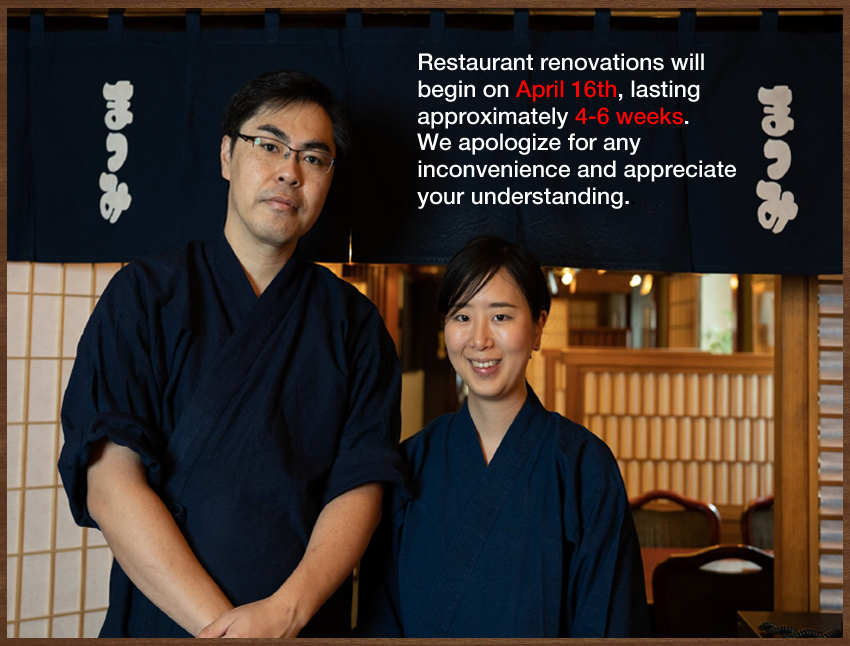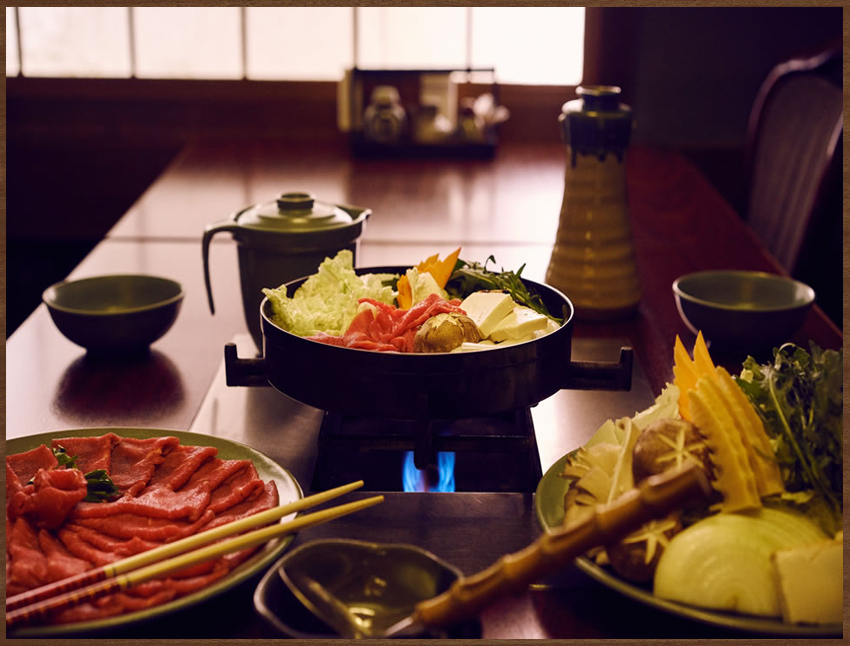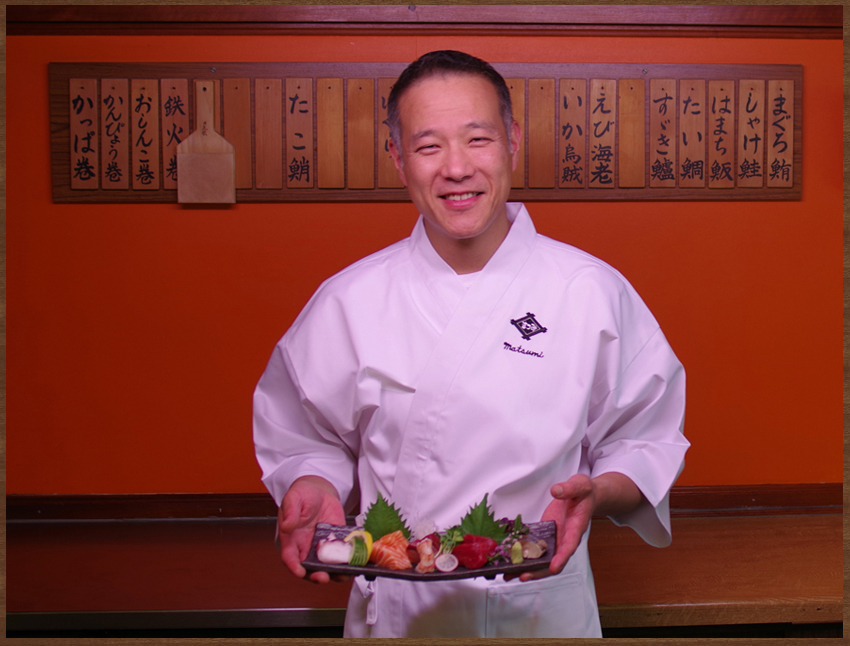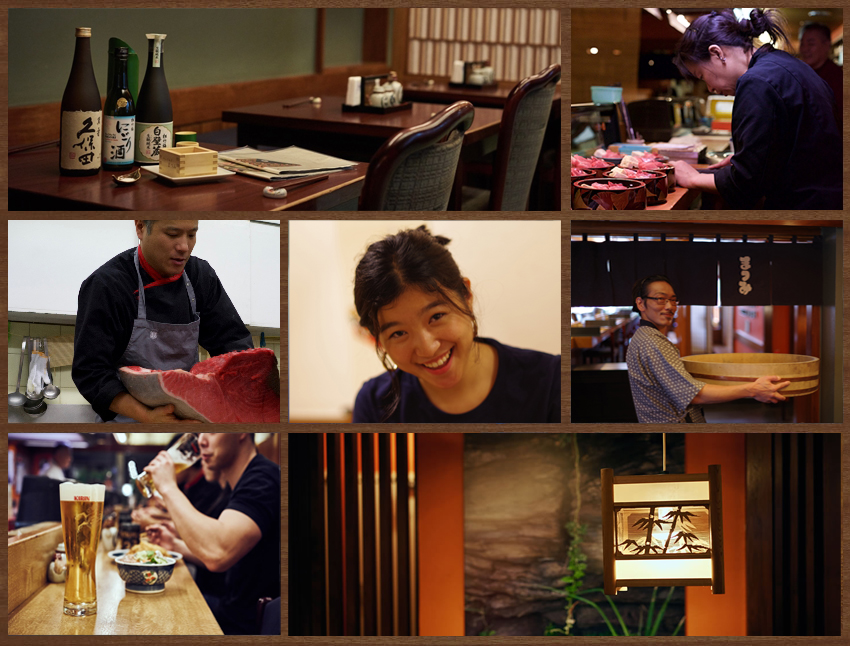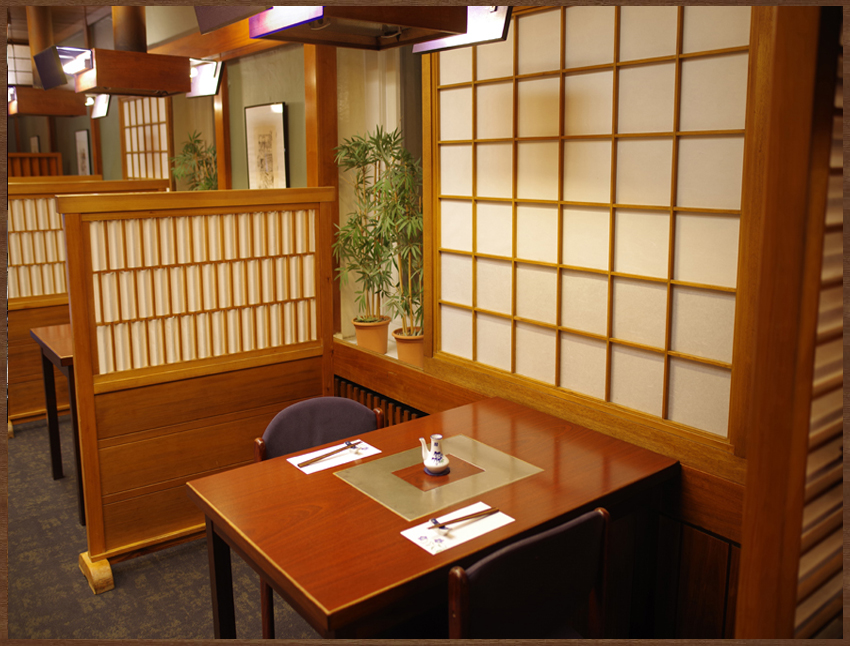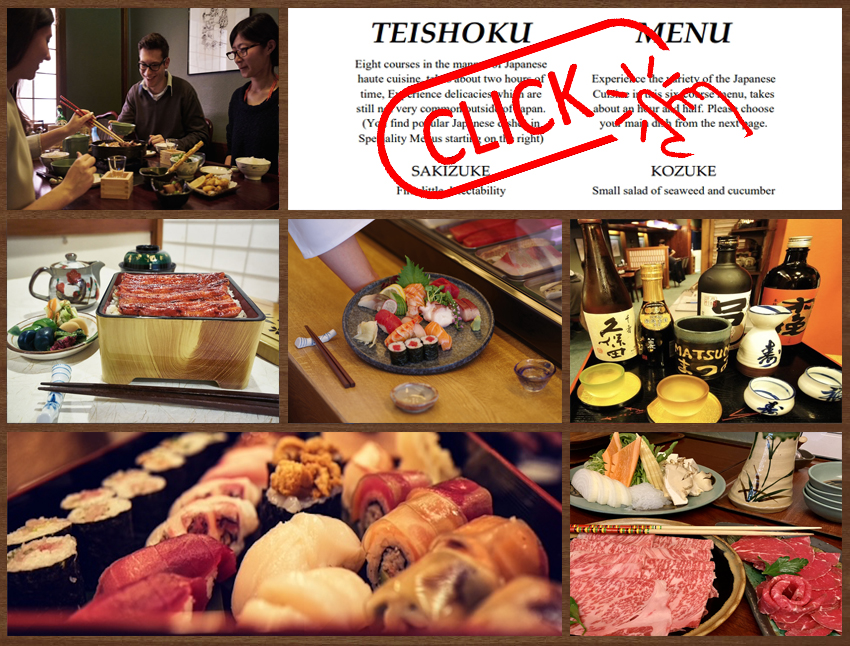 Kitchen specialties: A hearty Japanese dinner consists of
Kitchen specialties: A hearty Japanese dinner consists of  a variety of differently prepared dishes. This is the base for our course menu sets. One of our highlights is to cook at your table. You can choose between the traditional meet specialities Sukiyaki and Shabu Shabu. If you prefer vegan nourishment, we recommend you Tofu Tobanyaki. (Please note that there is no Teppanyaki offered at our establishment. )
a variety of differently prepared dishes. This is the base for our course menu sets. One of our highlights is to cook at your table. You can choose between the traditional meet specialities Sukiyaki and Shabu Shabu. If you prefer vegan nourishment, we recommend you Tofu Tobanyaki. (Please note that there is no Teppanyaki offered at our establishment. )
 Spezialitäten der Küche: Ein gutes Japanisches
Spezialitäten der Küche: Ein gutes Japanisches  Dinner besteht aus möglichst vielen verschiedenen, dazu unterschiedlich zubereiteten Köstlichkeiten. Dies ist die Basis für unsere Menüs. Eines unserer Highlights ist es, mit Ihnen an Ihrem Tisch zu kochen. Dazu können Sie aus den traditionellen Fleisch-Spezialitäten Sukiyaki und Shabu Shabu wählen. Veganern empfehlen wir Tofu Tobanyaki. (Wir machen kein Teppanyaki.)
Dinner besteht aus möglichst vielen verschiedenen, dazu unterschiedlich zubereiteten Köstlichkeiten. Dies ist die Basis für unsere Menüs. Eines unserer Highlights ist es, mit Ihnen an Ihrem Tisch zu kochen. Dazu können Sie aus den traditionellen Fleisch-Spezialitäten Sukiyaki und Shabu Shabu wählen. Veganern empfehlen wir Tofu Tobanyaki. (Wir machen kein Teppanyaki.)
 キッチンの名物料理: 日本の夕食は、様々な種類の料理を
キッチンの名物料理: 日本の夕食は、様々な種類の料理を  彩りよく組み合わせて、並行して食べることができるようになっています。しかし、日本では、ヨーロッパのように、さまざまなセットから選んで、次々と料理を楽しむメニューも好まれています。
また、しゃぶしゃぶ、豆腐の陶板焼、和紙鍋など、自分のテーブルで調理することも可能です。(鉄板焼きはございませんのでご了承ください。)
彩りよく組み合わせて、並行して食べることができるようになっています。しかし、日本では、ヨーロッパのように、さまざまなセットから選んで、次々と料理を楽しむメニューも好まれています。
また、しゃぶしゃぶ、豆腐の陶板焼、和紙鍋など、自分のテーブルで調理することも可能です。(鉄板焼きはございませんのでご了承ください。)
SUSHI BAR
 From the Sushi Bar: You can choose from more than 40
From the Sushi Bar: You can choose from more than 40  different types of sushi/sashimi, and we always highlight the pure fish. Fish slices are freshly cut from the fillet by our sushi masters only after you have placed your order, and our fillets are cut from whole fish which we purchase from the Hamburg Fish Market. Fish that is not available there, such as tuna and hamachi (yellowtail), or fish that is not in first-class quality is delivered to us fresh by plane. In order to fully enjoy this quality, eat your raw fish like the Japanese do: fill the soy sauce dish up to a third maximum, and briefly dip a small corner of the fish before enjoying. Mmmm ...
different types of sushi/sashimi, and we always highlight the pure fish. Fish slices are freshly cut from the fillet by our sushi masters only after you have placed your order, and our fillets are cut from whole fish which we purchase from the Hamburg Fish Market. Fish that is not available there, such as tuna and hamachi (yellowtail), or fish that is not in first-class quality is delivered to us fresh by plane. In order to fully enjoy this quality, eat your raw fish like the Japanese do: fill the soy sauce dish up to a third maximum, and briefly dip a small corner of the fish before enjoying. Mmmm ...
 Von der Sushi-Bar: Sie wählen bei uns aus über 40
Von der Sushi-Bar: Sie wählen bei uns aus über 40  Sorten Sushi/Sashimi, wobei der pure Fisch bei uns immer im Mittelpunkt steht. Fischscheiben werden erst nach Ihrer Bestellung für Sie frisch vom Filet geschnitten, das von ganzen Fischen vom Hamburger Fischmarkt stammt. Dort nicht oder nicht in erstklassiger Qualität verfügbare Fischsorten kommen frisch per Flugzeug zu uns. Um den Genuss dieser Qualität voll auszukosten, essen Sie Ihren rohen Fisch bei uns wie die Japaner: Das Sojasoßen-Schälchen zu maximal einem Drittel füllen, eine kleine Ecke des Fisches nur ganz kurz eindippen. Mhmm...
Sorten Sushi/Sashimi, wobei der pure Fisch bei uns immer im Mittelpunkt steht. Fischscheiben werden erst nach Ihrer Bestellung für Sie frisch vom Filet geschnitten, das von ganzen Fischen vom Hamburger Fischmarkt stammt. Dort nicht oder nicht in erstklassiger Qualität verfügbare Fischsorten kommen frisch per Flugzeug zu uns. Um den Genuss dieser Qualität voll auszukosten, essen Sie Ihren rohen Fisch bei uns wie die Japaner: Das Sojasoßen-Schälchen zu maximal einem Drittel füllen, eine kleine Ecke des Fisches nur ganz kurz eindippen. Mhmm...
 寿司バーから: 40種類以上の寿司・刺身の中からお選び
寿司バーから: 40種類以上の寿司・刺身の中からお選び  いただけますが、私たちは常に純粋な魚にこだわっています。魚の切り身は、お客様がご注文されてから寿司職人が切り分けます。切り身は、ハンブルグの魚市場から仕入れた丸ごとの魚から切ります。マグロやハマチなどの市場にない魚や、より良い品質の魚などは、新鮮なうちに飛行機で届けられます。この品質を十分に楽しむためには、日本人がするように生魚を食べることです。醤油皿に最大で3分の1まで醤油を入れ、魚の片隅をさっと浸してから食べます。うーん、美味しい。
いただけますが、私たちは常に純粋な魚にこだわっています。魚の切り身は、お客様がご注文されてから寿司職人が切り分けます。切り身は、ハンブルグの魚市場から仕入れた丸ごとの魚から切ります。マグロやハマチなどの市場にない魚や、より良い品質の魚などは、新鮮なうちに飛行機で届けられます。この品質を十分に楽しむためには、日本人がするように生魚を食べることです。醤油皿に最大で3分の1まで醤油を入れ、魚の片隅をさっと浸してから食べます。うーん、美味しい。
Tuesday to Friday: 18.00-23.00 h Saturday 17.30-23.00 h
Last food order is at 22.00 h.
Closed on Sunday and Monday.
RESERVATION
 For reservations, please use this link: RESERVATION
Should you cancel the reservation in less than 24 hours before the start of service or in case of no-show without cancellation, we allow us to charge 50,- € per person as compensation for goods and production costs. The cancellation-link is part of your reservation-confirmation.
For reservations, please use this link: RESERVATION
Should you cancel the reservation in less than 24 hours before the start of service or in case of no-show without cancellation, we allow us to charge 50,- € per person as compensation for goods and production costs. The cancellation-link is part of your reservation-confirmation.
 Bitte reservieren Sie über diesen Link: RESERVIERUNG
Bei Absage der Reservierung mit Frist von weniger als 24 Stunden vor Servicebeginn, oder bei Nichterscheinen ohne Absage zum reservierten Zeitraum, berechnen wir 50,- € pro Person als Aufwandsentschädigung für die entstandenen Waren- und Produktionskosten. Der Storno-Link ist Teil Ihrer Reservierungsbestätigung.
Bitte reservieren Sie über diesen Link: RESERVIERUNG
Bei Absage der Reservierung mit Frist von weniger als 24 Stunden vor Servicebeginn, oder bei Nichterscheinen ohne Absage zum reservierten Zeitraum, berechnen wir 50,- € pro Person als Aufwandsentschädigung für die entstandenen Waren- und Produktionskosten. Der Storno-Link ist Teil Ihrer Reservierungsbestätigung.
 予約はこちらのリンクからお願いします。: 予約サイト
サービス開始の24時間以内に予約をキャンセルされた場合、または予約時間にキャンセルされずにお越しいただけなかった場合は、発生した材料費と生産コストの補償として、キャンセル料金、お一人様50ユーロを請求させていただきます。キャンセルリンクは予約確認書の一部です。
予約はこちらのリンクからお願いします。: 予約サイト
サービス開始の24時間以内に予約をキャンセルされた場合、または予約時間にキャンセルされずにお越しいただけなかった場合は、発生した材料費と生産コストの補償として、キャンセル料金、お一人様50ユーロを請求させていただきます。キャンセルリンクは予約確認書の一部です。
Colonnaden 96, 1st floor, 20354 Hamburg (City)
Tel.:+49/40/343125
Mail: restaurant.matsumi(at)yahoo.com
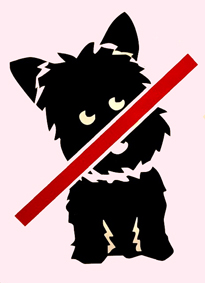
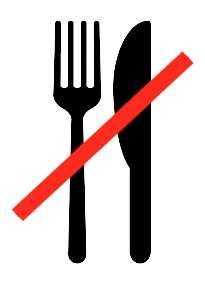
We recommend making reservations. For lunch we take reservations up to one o'clock (13:00) and for dinner until eight thirty (20:30). If you wish to come by without a reservation we will try to accommodate you as best we can and suggest coming right at the opening times (noon for lunch and 18:30 for dinner) for a higher chance of getting a table. Sunday and Monday we are closed.
Wir empfehlen es. Mittags nehmen wir Reservierungen für bis 13 Uhr an (für danach ist keine Reservierung mehr möglich), abends für bis spätestens 20.30 Uhr. Ohne Reservierung ist die Chance auf einen Platz direkt zur Öffnungszeit (12 bzw 18.30 Uhr) am größten. Sonntags und montags haben wir nicht geöffnet.
予約されることをお勧めします。お昼は13時まで、ご夕食は20時半までにいらっしゃる場合に予約が可能です。(それ以降は予約を受けつけておりません。)
尚、日曜日と月曜日は定休日です。
![]() Kitchen specialties: A hearty Japanese dinner consists of
Kitchen specialties: A hearty Japanese dinner consists of ![]()
![]() Spezialitäten der Küche: Ein gutes Japanisches
Spezialitäten der Küche: Ein gutes Japanisches ![]()
![]() From the Sushi Bar: You can choose from more than 40
From the Sushi Bar: You can choose from more than 40 ![]()
![]() Von der Sushi-Bar: Sie wählen bei uns aus über 40
Von der Sushi-Bar: Sie wählen bei uns aus über 40 ![]()
![]() For reservations, please use this link: RESERVATION
For reservations, please use this link: RESERVATION
![]() Bitte reservieren Sie über diesen Link: RESERVIERUNG
Bitte reservieren Sie über diesen Link: RESERVIERUNG
![]() 予約はこちらのリンクからお願いします。: 予約サイト
予約はこちらのリンクからお願いします。: 予約サイト

